
Mad cow disease is a neurological condition that generally affects cattle. However, the condition is transmissible and may affect humans as well. The medical term for mad cow disease is Bovine spongiform encelopathy and in humans it is called, Creutzfeldt-Jacob disease.
Mad cow disease in cattle is caused by prions which are abnormal proteins that affect the brain, spinal cord, small intestine and in small quantities can be also be identified in the blood. These proteins cause damage to the brain tissue which starts to resemble a sponge (hence the name).
Causes of Mad Cow Disease
The disease in cattle is generally transmitted via food which contains body parts of infected cattle or other animals (animals that have been affected by bovine spongiform encelopathy in the first place). It is also possible for humans to develop the disease if they consume an infected animal's nerve tissue. The scientists have not confirmed whether people can get the disease by consuming meat or milk products of the affected animals. Still, there were cases when prions have been transferred with cooked contaminated animal meat.
As for Creutzfeldt-Jacob disease it is essential to mention that the condition can also be hereditary and transmitted via blood transfusion, transplantation of tissues which contain prions or in case one has been exposed to infected surgical instruments.
Mad Cow Disease Symptoms
The incubation period takes some time and it may last up to 2-8 years.
The symptoms and signs of the disease in cattle are generally related to animal's balance. The infected animals have difficulties with standing and walking and they cannot control their muscles. Furthermore, there is a slight change in behavior or attitude of the infected animal. Additional signs include rapid loss of weight, and a decrease production of milk etc.
In humans the earliest symptoms of mad cow disease include depression, problems with sleeping (insomnia) and anxiety. Confusion is one more characteristic of the disease. Progression of the disease leads to onset of several more symptoms such as noticeable changes in personality and behavior and muscle spasms. In later stages of the disease the patients lose control over the muscles. Vision and memory impairment occur as well. One more characteristic is tingling sensation in different parts of the body such as the feet, hands, face and legs. In terminal stage the patients develop dementia, complete loss of coordination, and their mental as well as physical functions becomes weak. The terminal stage occurs 6 months to a year after the onset of symptoms and signs of the disease.
Diagnosis and Treatment for Mad Cow Disease
Unfortunately, the disease can be only diagnosed after a pathological examination of the brain of the patient or cadaver and there is no successful treatment modality for mad cow disease. Since this is not a common illness the doctors generally perform physical and neurological examination and the brain changes can be visualized with MRI or PET scan.
The treatment is only symptomatic. Unfortunately, all patients die within short period of time after the illness has started. This is an extremely lethal disease and the best way is to prevent its occurrence among cattle and this way prevent its transmission onto humans.




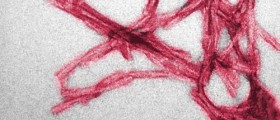

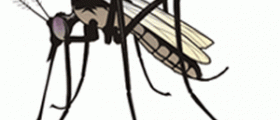
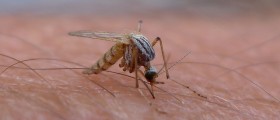





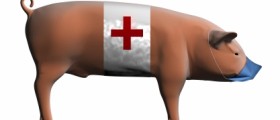

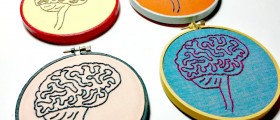
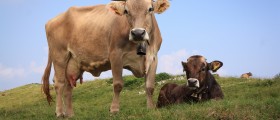
Your thoughts on this
Loading...